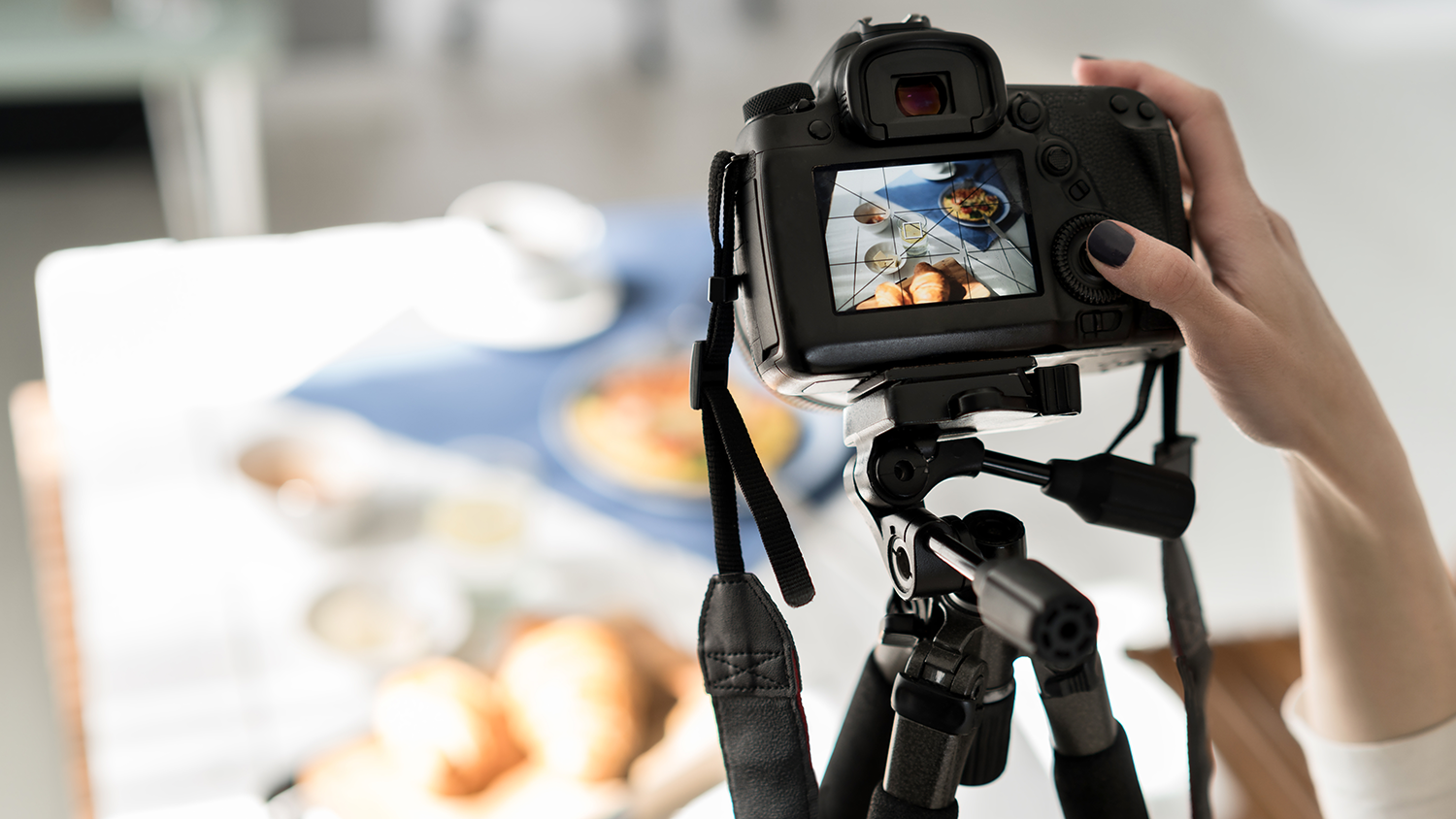By Andre Oentoro, Contributor
Short cooking clips and aesthetic food videography are taking center stage of social media and the wider internet. Buzzfeed’s Tasty, Delish, Cooking Panda -- to name a few -- captures stunning visual guides of their scrumptious dishes that didn’t take a long time to turn into an internet sensation.
Google reported that cooking and food videos (whether it’s cooking videos, explainer videos, food review videos) watch time increased by more than 110% over the past year. Moreover, Facebook also said that food videos are the most popular type of video on the platform.
With all those fancy equipment and robust video editing software, everyone can easily create professional-looking food videos. Today, from chefs to food bloggers to foodies, people make videos of their food creations that are enough to make you mouth-watering and upload them to the internet.
That said, expensive equipment and full-packed video editing software are not enough. You need some basic tips to do your food videography right. And in many ways, how you shoot is more important than the gear you work with.
So, if you want to do proper, mouth-watering food videography for your restaurant, here are some doable best practices for you:
Rely on Natural Light Whenever Possible
Instead of relying too much on your lighting kit, it’s always better to use natural light whenever possible. The natural light will make your food and ingredients visible without looking so shadowed.
The position of the sun can alter color, composition, and depth in your food videos. And since the ever-changing position of the sun, you can take a variety of videos which all have different moods. Then, you can use editing software to manipulate the imperfections from the natural light.
Shoot with Social in Mind
Remember your video is going to be shared across multiple social media platforms, meaning there’ll be different dimensions, lengths and add-ons (like effects and music) to consider.
For the best results, shoot with your most popular channel in mind (e.g. if it’s TikTok, think about transitions and music; if it’s Instagram, be sure to tag people and your restaurant in the video).
But if you want to get across all your channels in one go, use a social media scheduler. That way, you can shoot once, upload, and share without having to fiddle to match every social media channels dimension and length preferences.
Use the Right Camera Technique
The right camera technique depends on which type of cooking video you are about to create. For instance, if you want to simply show the ingredients, an overhead camera will do just fine. If you show your chef making the dishes, it’s best to use multiple cameras that capture from different angles.
You can save time on this by shooting with multiple cameras at once; so if you just have one camera, you may want to aim for a more simplistic shooting approach.
Use Colors to Describe Mood
Color on food videography can leave a strong impression. Not only will it make your food more appealing, but it will also set the mood of the video and help viewers interpret tastes and smell better. In the editing process, you might also need to invest more time in color correction and enhancement.
For instance, take a look at this video from the popular Tasty.
You can see that the video doesn’t use too many colors, as it can be overwhelming and can distract the viewer from focusing on the hero subject.
The video adds more colors to the food and makes the background more saturated to make it more subtle. That way, the viewer can focus on the ingredients and follow the recipe effortlessly.
Use Different Angles
Filming your food from different angles will help you get more options in the editing process. It would be much easier for you to choose the perfect angles to create a smooth transition. That is how you can make the food videos more exciting and worth watching.
Having multiple shots and different angles can also help cover up any awkward editing of the underlying audio/video, creating for a more professional viewer experience.
Clean the Film Set
Make sure you film your food videos in a clean, well-organized environment. A cluttered area will distract your viewers from enjoying the video content. Meanwhile, a well-organized area will show your professionalism in food videography. This goes for the table that your talent is working on all the way to the background. Keep everything clean and clear as to not distract your viewers from your message.
Pay Attention to the Audio
Sound quality can make a big impact on your food videography. If you want to go with vocal-heavy using voice-over, showing your chef explains what to do, it’s crucial to invest in a proper microphone. Meanwhile, if you want to go for non-verbal food videos, make sure to include light and laid-back background music to liven up the mood.
Conclusion
We are currently living in the golden age of food videos. Whether people are watching for entertainment or food inspirations, this type of video is a powerful video to promote your restaurant, engage more eyeballs, and build a solid fan base. With those actionable food videography tips above, you are now ready to grab the camera and start filming.
About the Author
Andre Oentoro is the founder of Breadnbeyond, an award-winning explainer video company. He helps businesses increase conversion rates, close more sales, and get positive ROI from explainer videos (in that order).
Twitter: @breadnbeyond
Email: andre@breadnbeyond.com
LinkedIn: Andre Oentoro


















Discover creative wall art ideas for restaurants, and learn how to make blank walls feel inviting can enhance ambiance, storytelling, and guest connection.